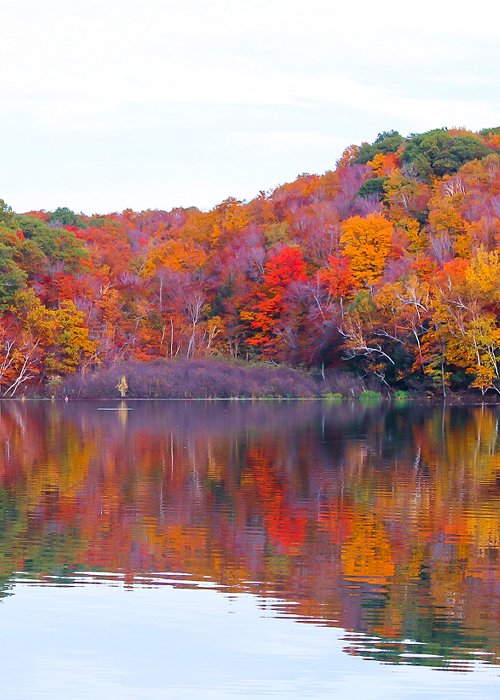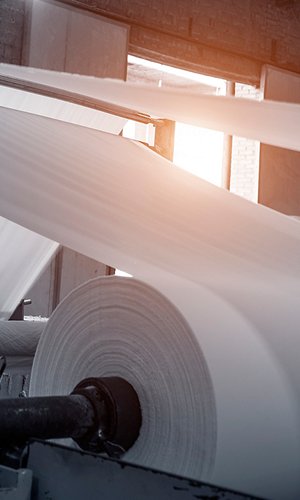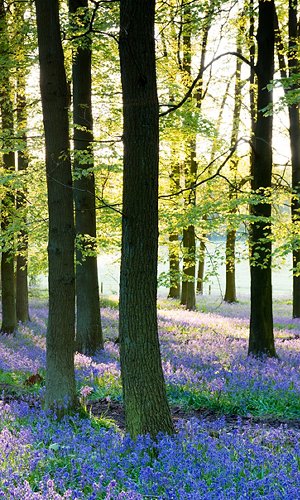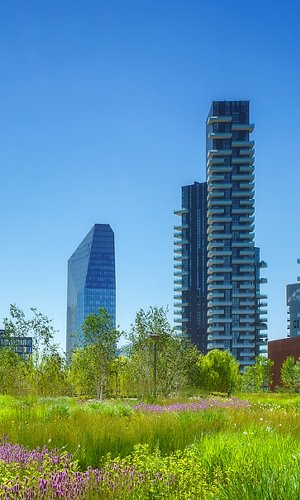The areas in the middle latitudes are characterized by four distinct seasons: the temperature is neither too high nor too low and the rains are well distributed around the year. In these areas forests can grow, however human activities are progressively cutting them. In a mixed forest, in autumn, a burst of colours comes alight: from the green leaves of the evergreens to the rowns, yellows, oranges and reds of the deciduous trees. The fallen leaves add nutrient substances to the ground, and in spring, before the new leaves bud, there is enough light for flowers to loom.






